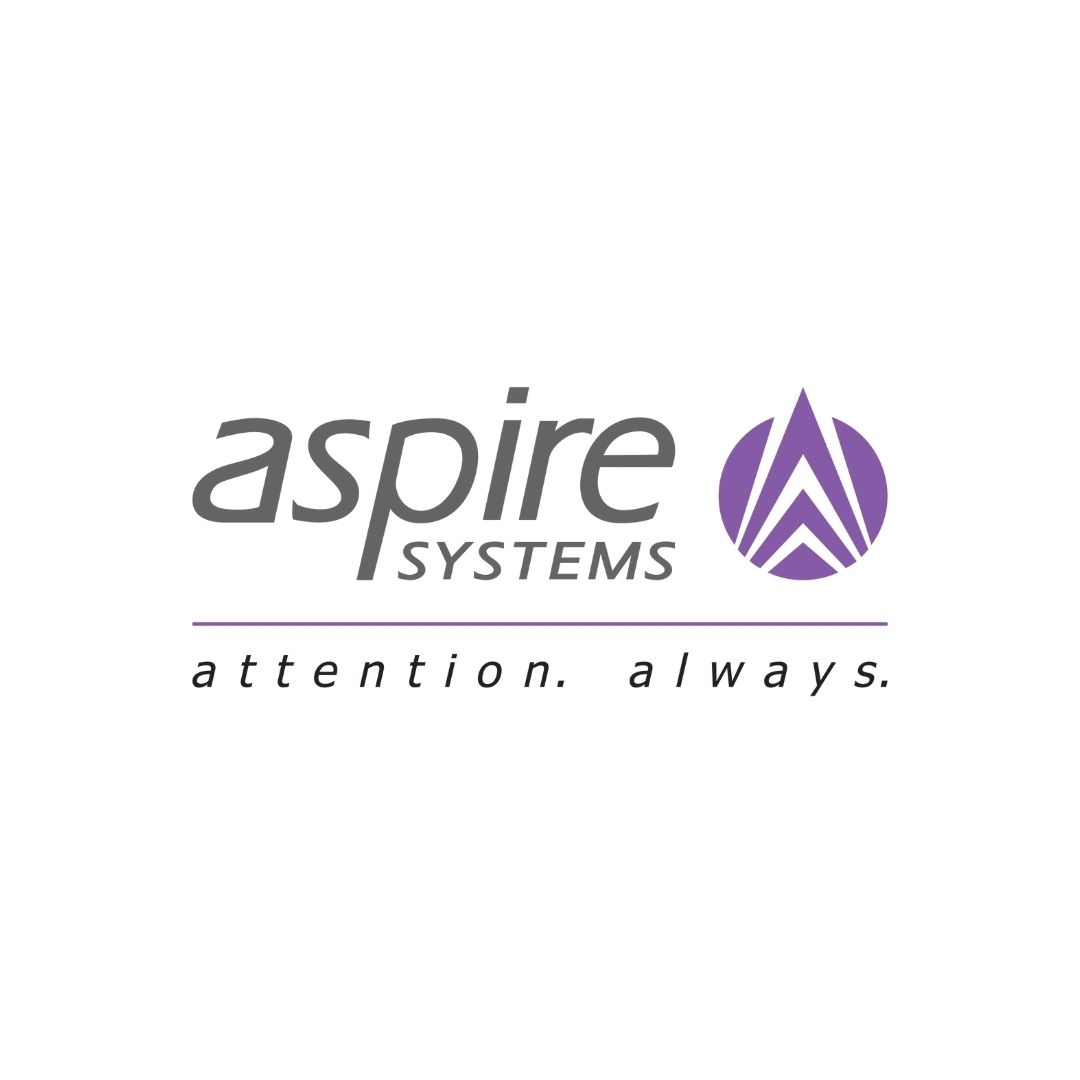Aspire Systems serve as a trusted technology partner for more than 200 customers across the globe. Aspire works with the world’s most innovative enterprises and software product companies, helping them leverage technology to transform their business in the current digital landscape. The company currently has over 3,200 employees, globally and is CMMI Level 3 certified. It operates across North America, LATAM, Europe, Middle East, and the Asia Pacific. Aspire Systems has been recognized for the 11th time in a row as one of the Top 100 ‘Best Companies to Work For’ by the Great Place to Work Institute. Team IT-Voice recently had an informative interaction with Mr. Chenthil Eswaran, Practice Head of Enterprise Business Applications of Aspire Systems. Here is a brief excerpt from the interaction.
Prateek: How SaaS Enterprise business applications are helping in overcoming enterprise challenges?
Chenthil Eswaran: Enterprises of all sizes have become increasingly dependent on software to run business operations on a daily basis. One of the biggest stumbling blocks they faced in the past was the lack of flexibility and scalability of technology adoption. It led to creating a siloed approach towards the basic functioning of the enterprise – from data management and IT support to workforce optimization and vendor management. Today, with SaaS business applications becoming the backbone of their ERPs, CRMs, HRMs, and MRPs, the software landscape is more focused on maintaining connectivity while accelerating the speed of innovation.
New business applications are changing how enterprises look at user-friendliness too. SaaS applications come with simple-to-use graphical UIs that require minimum to no training. By providing rich end-user experiences, they are playing a role in increasing technology adoption across the enterprise. Here are a few other ways in which SaaS enterprise-class business applications are helping in overcoming the enterprise-centric challenges:
- Significantly reduced time and effort involved in implementation at predictable costs
- Access to niche capabilities to address specific enterprise pain-points
- Flexibility and scalability that can be customized based on evolving business needs
- Dedicated and specialized support – leading to better business application performance
- Continuous upgrade cycle to introduce new features that offer competitive benefits
Prateek: What is the scope of Artificial Intelligence in the current market?
Chenthil Eswaran: There are no spoiler alerts about the key role that artificial intelligence is going to play in helping enterprises do better business. Everyone is already talking about it. And the future-ready players have already incorporated AI-based technology to run or improve key enterprise tasks such as sales/marketing, HR, business intelligence, financial planning, and supply chain management. Two areas in which they are bound to make a significant impact are:
AI-driven recommendation engine: Whether CXOs, product heads, or IT managers, having an AI-based recommendation engine will continue to deliver big on ensuring proactive and intuitive user experiences –allowing for collaborative and content-based filtering. In the future, deep learning integration would further evolve to uncomplicate user data structures and trigger omnichannel recommendations.
AI-led blockchain: ERP systems that depend on legacy systems are being looked at as being in danger of soon going extinct. Given the emergence of AI-powered blockchain technology, it is digitally transforming the supply chain journey – enhancing transaction validation, user verification, and data leakage prevention. In the future, there would be wider adoption of AI-enabled chatbots for business users, as well as real-time traceability for stakeholders.
Here are other important areas in which artificial intelligence is bound to make an enterprise-level impact in the market.
- Real-time application monitoring and predictive maintenance to improve cybersecurity prowess
- Natural language processing-based onboarding and training workflows to improve employee experiences
- Enhanced Intranet performance with seamless and personalized document management lifecycle
- Advanced CRM capabilities with unsupervised complex data entries and quick real-time updates
- Automated vendor billing – moving beyond Optical Character Recognition
Prateek: How will the trends in the business transform with the adoption of Virtual Reality and Augmented Reality?
Chenthil Eswaran: The truth is that Virtual Reality (VR) and Augmented Reality (AR) technologies are still in their nascent stage of both adoption and competitiveness. But that doesn’t change the fact that recent years have seen a noticeable increase in their usage in mission-critical areas such as customer engagement and product designing. What it means is AR/VR has finally broken out of the gaming industry to add true value to enterprises! Retail enterprises, in particular, have started to leverage AR/VR technologies to create memorable in-store experiences for customers. A few business trends that are likely to transform with the continued adoption of AR/VR are:
Remote specialized support: Help connect an SME or any other skilled resource to on-field/on-premises staff to troubleshoot a hardware or maintenance issue.
Interactive learning and development: Enrichen the engagement between trainers and trainees in a risk-free environment while lending itself to more interactivity.
Modernized supply chain: Track inventory data to help manage the shipping process and give smartphone-enabled product traceability for customers.
Prateek: What will be the future of Enterprise IT in the coming years?
Chenthil Eswaran: SaaS has already had a considerable influence on the current enterprise IT ecosystem. Especially in the recent light of a major chunk of the global workforce following a WFH model, the need for a fluid technology mindset has taken the wheel during this journey towards IT digital transformation. It has changed the criteria by which enterprise IT performance is measured. As we head towards a more digitally fluid future, their success will be measured by their ability to:
- Meet ROI expectations of business applications
- Augment functional teams such as HR, finance, procurement, and legal
- Provide insights to heighten organizational decision-making abilities
State-of-the-art automation will also play a larger role in transforming IT support. From leveraging Infrastructure as a Code to adopting mature AI and ML-led automation frameworks, enterprises will have to rethink human-machine relationships and centralize how applications and systems are managed.
While predicting the future of enterprise IT is vital; it is just as important to address how IT and business users will respond to this change. There’s an inescapable cultural aspect to change management that should be looked at – before bringing in new IT support technologies. Some of the future-proofed steps that enterprises should take include:
- Creating a cultural risk management program
- Aligning new enterprise IT software to employee goals
- Encouraging users to share feedback on the impact of application performance on their daily productivity
- Updating performance management KPIs to give adequate priority to work-from-anywhere requirements
- Building a cross-functional team of software advocates to grow technology adoption
Prateek: How efficient Cloud Technology is in enhancing efficiency with the innovation of an enterprise?
Chenthil Eswaran: Enterprises started moving to the cloud with gusto to achieve operational resilience, enable workforce productivity, gain overall cost savings, and ultimately – outgrow the competition. One of the most potent advantages that the cloud offers is the simplicity and speed with which enterprises can manage and maximize their data. Considering the explosion of data touchpoints brought forth by the ever-expanding SaaS mindset, there’s a lot of pressure on them to store, control, analyze and share a tremendous amount of data. Before cloud technology came calling, it was exhaustive and, at times – impossible – to streamline the flow of data from physical servers and applications. Cloud resources can be scaled up and down based on changing business requirements – thereby, optimizing the total ownership cost without compromising on efficiency.
Cloud technologies also provide enterprises with the ability to break down barriers to innovation that once caused the very best of them to restrict growth or hinder business momentum. Here’s cloud hosting helps enterprises get more done with lesser effort.
- Frictionlessly manage structured and unstructured data – freeing their workforce from managing cumbersome and redundant tasks
- Get end-to-end data management and reporting to create a continuously improving cloud management lifecycle
- Combine autonomous services, integrated security, and serverless computing to offer real-time application elasticity
- Gain complete transparency of data relating to workforce productivity by monitoring employee performance in real-time
- Leverage omnichannel insights to deliver connected and contextual business user experiences
For any such interaction opportunities, you may write to us at pr@itvoice.in.









